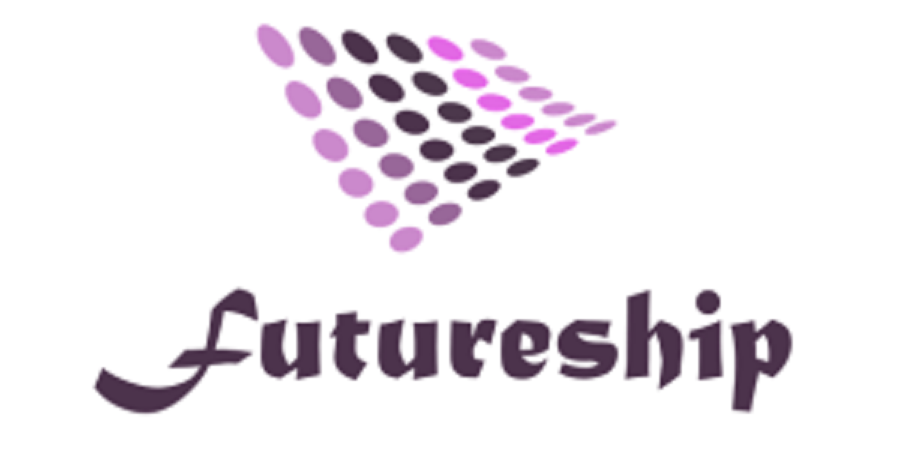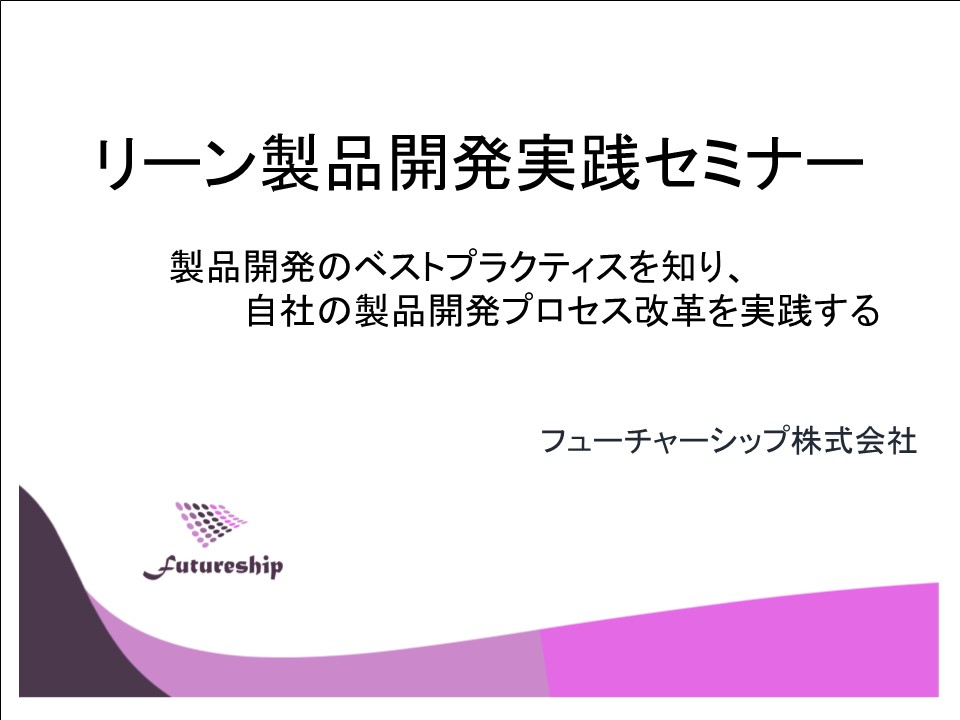

What kind of method is Set-Based in Toyota’s Lean Development?
I hear the term “set-based” in Lean development methodology, but I want to know what exactly it is, how it differs from normal development, and its effects.
This presentation will introduce the roots of set-based development in Lean development methodology, its differences from normal development, and its effects.
Learn to use the lean approach of turning small and making steady progress one step at a time, and the idea of building up “knowledge”.
Contents of this article
Origins of Set-Based Development
The Toyota method of lean product development consists of the following three elements.
- Chief engineer system
- A3 report
- Set-Based Development
In this article, we will discuss set-based development, a key element of lean product development.
It is said that set-based development originated with the Wright brothers.
The Wright brothers are so famous for being the first people in the world to successfully fly an airplane, but why they succeeded may not be so well known.
The Wright brothers did not go through a trial-and-error process of building a prototype airplane anyway, flying it, and then correcting what was wrong. Rather, they examined the “technology” and “performance of components” for flying airplanes one by one in detail, accumulating unknown knowledge for flying airplanes.
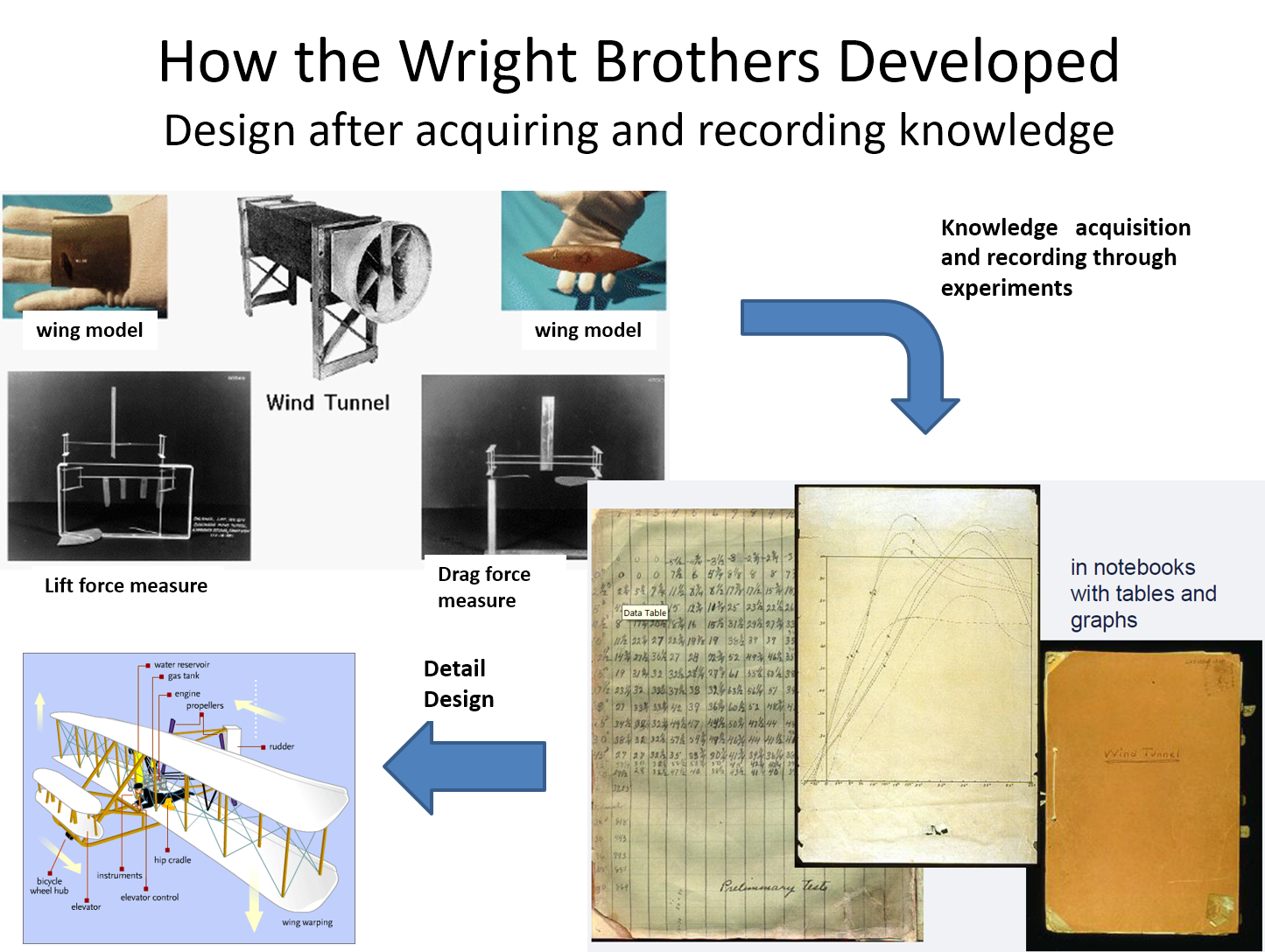
They built a model of a wing, created simple experimental devices to measure lift and drag, and recorded the results of our experiments in detail.
They learned the theory behind flying an airplane and sought out the environment and conditions necessary for flight.
Without fudging the unknowns and unknowns, they continued to push the theory until they were convinced that the individual parts and units meet the required technology and conditions, and then integrated them to begin detailed design.
It took the Wright brothers four years from the start of development to complete the project and successfully fly their first prototype.
It is said that the development cost was around $1,000.
At that time, many researchers and engineers took up the challenge of dreaming of flying an airplane.
At the time, a man named Samuel Langley tried his hand at flying, but after 17 years of repeated prototyping, flying, failures, and revisions, he never succeeded in the end.
It is said that the development cost was about 70 times more than that of the Wright brothers, but I personally think that it was a challenge that even a layman could see that it was impossible to fly, just like the Bird Man Contest. (I don’t mean to criticize the Bird Man Contest.)
On the other hand, what about the product development field in the manufacturing industry?
Not to mention the Bird Man Contest, but are they developing products based on careful study, like the Wright Brothers?
Isn’t your approach to product development based on the seemingly correct idea that you can’t start without making a prototype, and that you should first make a prototype, identify problems, and correct them?
If this approach is working, then there is nothing wrong with it.
However, in many manufacturing companies I know, there are many cases where schedule delays have become the norm, problems are discovered after the product is released to the market, and engineers are running around following up on the market, leaving no time to try new things for a long time.
You may say that it is faster to make a prototype of the whole product because it is a redesign of the same product, but is that really true?
In a modular architecture such as that of a personal computer, if the specifications of each module are well defined, problems can be minimized even if changes are made to some of the modules. However, in a fused architecture where the interface between modules and units is fluid, even if a small change causes a problem, the scope of influence becomes wide and problem solving becomes complicated.
In such an architecture, even if the changes to modules and units are small, a set-based approach should be adopted, where each change is checked in small steps.
This may seem like a roundabout way, but in the end it is a fast and reliable way of development, as proven by the Wright brothers’ case.
Learning cycle through small experiments (MVE)
Set-Based Development is based on the premise that new customer values will be challenged at the conceptual stage of product development.
Hypotheses about customer value, clarification of technical challenges, clarification of unknowns and unknowns, all risks, and hypothesis testing stories are created and then enter the learning cycle.
The opposite of set-based is called point-based, where a single method is decided at the conceptual stage of product development. It is a method that aims at the goal of development by deciding on one way of doing things and repeating the entire process of prototyping, verification, and revision, or in other words, Samuel Langley’s method.
It is called point-based development because it is based on a single point.
In set-based development, on the other hand, decisions related to product development are made gradually by repeating the learning cycle and bringing all stakeholders (planning, design, manufacturing, quality, purchasing, sales, etc.) together to watch the learning cycle.
As the learning cycle progresses, the level of perfection of the technology increases, and by the time the design policy is decided and the detailed design is done, there are no elements left to fail, just like the Wright brothers’ airplane.
In a method where everything is decided at the conceptual stage of product development, nothing more than the initial product concept can be created, right?
However, in set-based development, learning starts from the conceptual stage, and new knowledge is added in the process, which can result in a product that is more advanced than the conceptual stage or has higher customer value.
Above all, developers and engineers can proceed with development with a sense of excitement.
The conceptual diagram of set-based development is shown below.
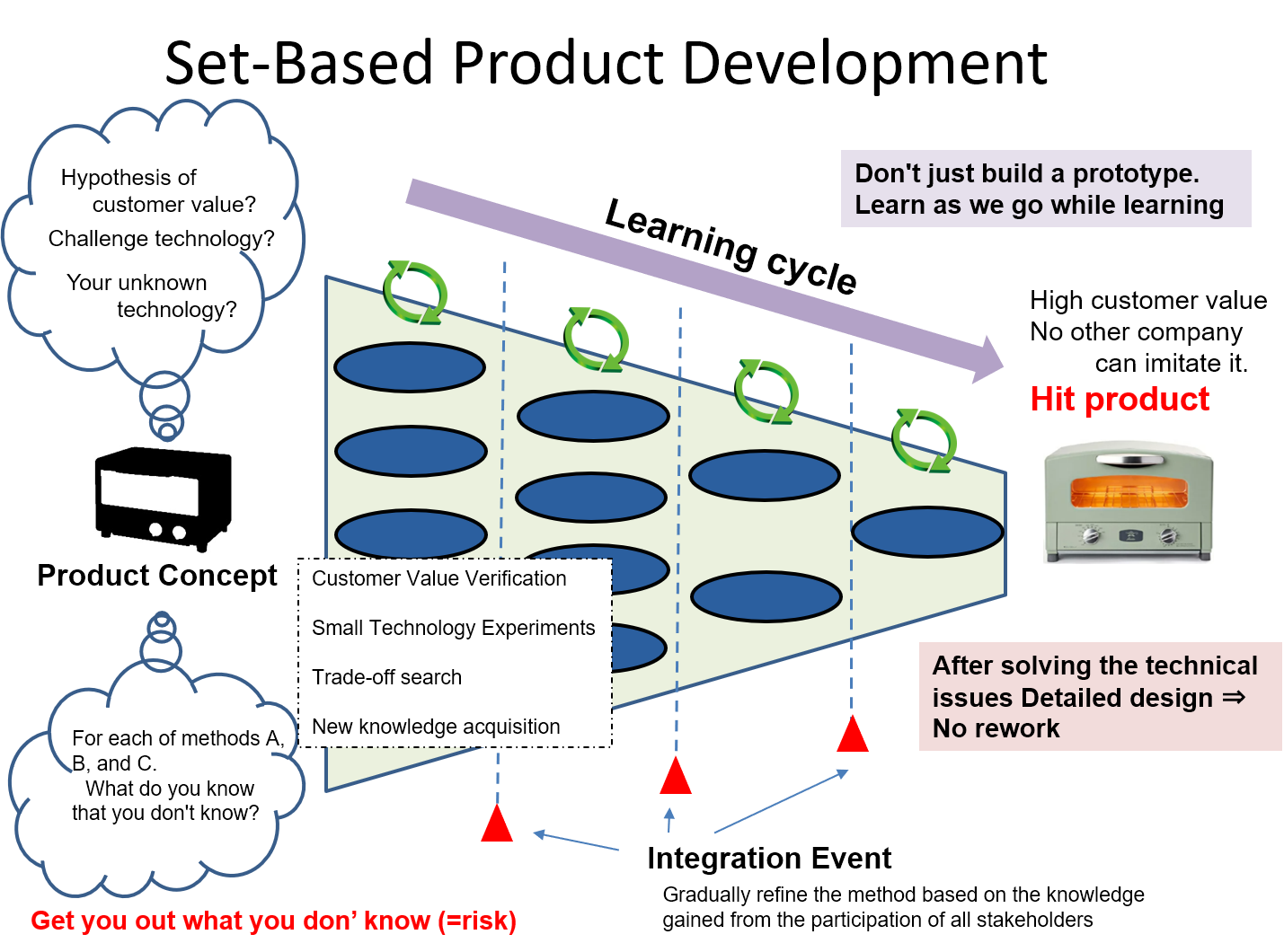
The key to the practice of set-based development is small experiments.
Also known as Minimum Viable Experimentation (MVE), these are simple, inexpensive experiments that focus only on the knowledge you want to acquire.
The Wright brothers’ lift and drag measuring devices are examples of this.
Coming up with small experimental methods can be difficult at first for engineers and organizations that have always had a development style of prototyping the entire product.
This is because of the assumption that you should just make the whole thing.
The key to developing a set base may be to create a habit or an organizational culture that allows you to immediately build something and try it out whenever an idea or question comes to mind.
※ The book is based on the author’s experiences in a manufacturer company and his past experiences in supporting the company, and is a story of how he solved a problem in a development organization by taking the concept of lean product development and set-based development as best practices.
It’s a very realistic story. For more information, please see, “Break the Common Sense of the Product Development Organization!!” Please refer to the publication announcement.
The concept of developing knowledge assets
Set-based development is based on the idea of challenging the unknown by continuing to learn through small experiments (MVE). The basis of the concept is to regard the “knowledge” gained through learning as a company asset, and to create new things and grow the company by accumulating knowledge assets.
In fact, it is this idea of “knowledge” that is at the heart of the Lean product development methodology as a theory.
Knowledge is like blood that flows through the organization, and by placing knowledge at the center of the development process and linking it with not only set-based development but also the A3 report culture and the chief engineer system, the ideal development results can be obtained.
Please use the table below to take stock of your own “knowledge”.
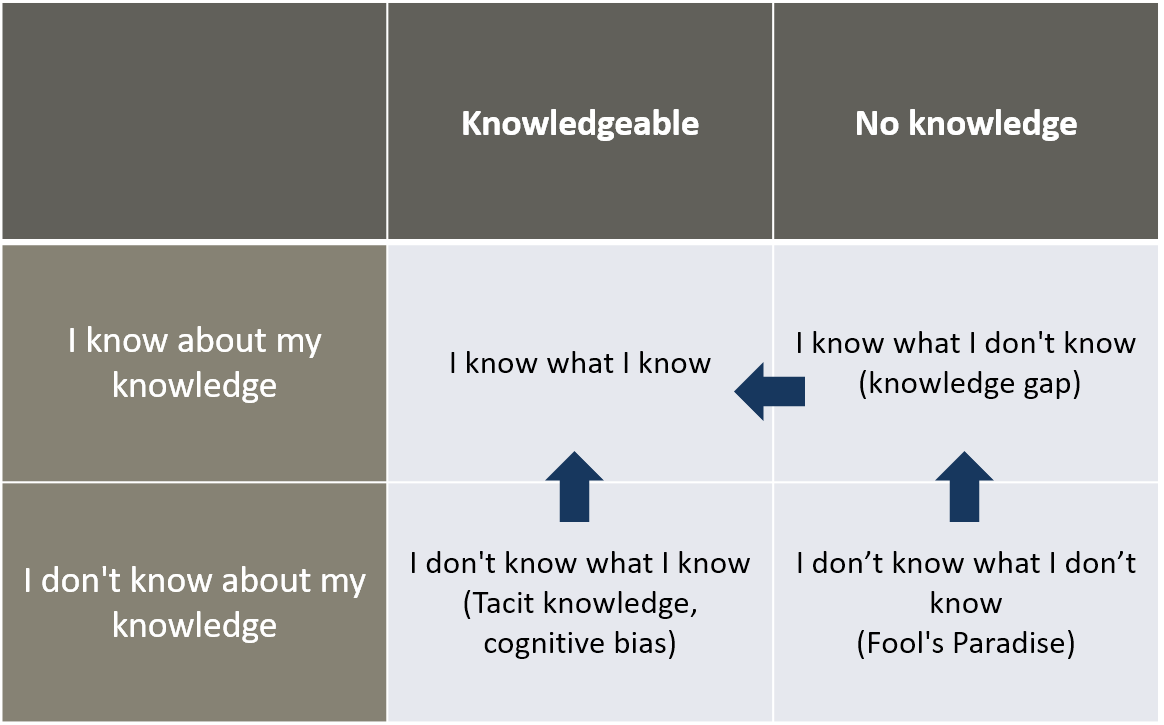
There are limits to human knowledge.
The knowledge that an organization has is similarly limited, and it is important to know those limits.
Knowing that your company has knowledge is, in a sense, a given, isn’t it?
If we know that our company does not have knowledge, it is learning that turns it into knowing, and the act of technological development can be said to be the act of turning what we do not know into knowing.
However, more often than not, people and organizations do not even know that they do not have knowledge.
So I think we can say that “not knowing what you don’t know” and “knowing what you don’t know” is also a form of learning.
The act of changing from “not knowing what I don’t know” to “knowing what I don’t know,” and further to “knowing what I know,” is called learning.
It is very important to create a development process that builds up the missing “knowledge” while being strongly aware of whether you or your company has “knowledge” or not, as shown in this table.
Also, in the table above, there is the not knowing what you know (tacit knowledge, knowledge bias).
Actually, this is also an important point in a development organization.
The more experienced the engineer, the more likely he is to assume that what he knows is obvious. “You don’t know how to do this? That’s what I mean.
If this veteran’s tacit knowledge is left unchecked, the company’s knowledge assets will be lost as the veteran retires.
This is one of the reasons why knowledge needs to be treated with care.
Now, when I talk about a set base, people say, “That means separating element development from product development. We’ve been doing that for a long time. We’ve already done that.
It is true that there are companies that separate product development from the act of developing elemental technologies one by one.
However, by separating the elemental development from the product development, does it result in a development that does not cause rework?
Are you proceeding with development without any unknowns or challenges in product development?
Think of the set-based approach as taking product development a step further after element development.
When you introduce the set-based approach, you continue the learning cycle with the unknowns and challenges to be kept in check in product development after separating element development from product development.
In addition to learning about technology, we can also learn about customer value and respond to changes in technology and market requirements over time, while realizing development that will not lose its competitiveness when the product is launched.
In other words, I would like to add that set-based development is not just about separating elemental technology development from product development.
There are various possible obstacles to the introduction of set-based development.
The introduction of the concept of small experiments also requires some ingenuity.
I am sometimes asked, “What is a small experiment anyway? (What is the trade-off between customer values? (I tell them to start by examining the trade-offs between customer values.)
Above all, resistance to a 180-degree change in the way things are done may be uncommon.
It’s also hard to explain how effective it is.
Please refer to the following related articles.。
Related article:
Obstacles to the Practice of Set-Based Development and How to Logically Persuade Top Management
Using Causal Maps to Accelerate Product Development Innovation
Set-based, which is understandable in theory but difficult to put into practice
I sometimes get comments like, “I understand set-based development as a theory, but I can’t imagine putting it into practice.
This may be because it is very different from the current way of doing things.
It may be because we are so used to point-based development that we do not know where to start.
I sometimes get comments like, “I understand set-based development as a theory, but I can’t imagine putting it into practice.
This may be because it is very different from the current way of doing things.
This may be due to the fact that it is very different from the current way of doing things.
It may be because we are so used to point-based development that we do not know where to start.
However, consider the example of the Wright brothers’ airplane development.
If you are trying to create something that has never been developed before, isn’t it hard to think of anything else but this approach?
Since it is a process of continuously developing an existing product, isn’t it natural to make a product prototype immediately after a breakthrough?
or engineers who are continuously developing products in the manufacturing industry, it has become more rare to develop a new product completely from scratch.
In order to develop a completely new product, you think about what steps you need to take to fill the technology, right?
I think we can say that thinking about how to develop a product is actually a set base.
Indeed, if all you have done all your life is to make minor changes to existing products, you don’t need to think about how to develop from scratch.
I think that is where the pitfall lies.
Futureship’s product development innovation service can propose a transformation process to change the existing product development to a set-based approach, or to go back to the basics.
If you really want to try this in your own company, our company recommends that you try a small project and work on a model project.
Once you have deepened your understanding of the set-based approach to some extent, we hope you will experience its value in your organization.
If you are serious about implementing set-based thinking as a means of organizational and process reform, please contact us using the inquiry form.
Lean Product Development Practice Seminar
Set-Based is an ideal theory, but isn’t it hard to put into practice?!
This is the answer to your question!
We are holding a seminar for practicing Lean product development including set-based development in your company.
You can learn the theory, understand the case studies, and take home a way to put it into practice at your own site.
Reference articles:
What is Toyota-style Lean Product Development?
How to turn an idea into a product with Lean Development
How to proceed with futureship development process innovation and the time required
We support the introduction and practice of set-based development.
The introduction of set-based development is expected to have some major obstacles, as described in another article, “Obstacles to Implementing Set-Based Development and How to Logically Persuade Top Management”.
Please contact us for development process reform using set-bases, including propagation and persuasion within the organization.
We can help you reform your development process by setting the goal of solving organizational issues while analyzing the current process and the problems and concerns that prevent you from changing the process.
If you are interested, please fill out the form below. We will contact you as soon as possible.
